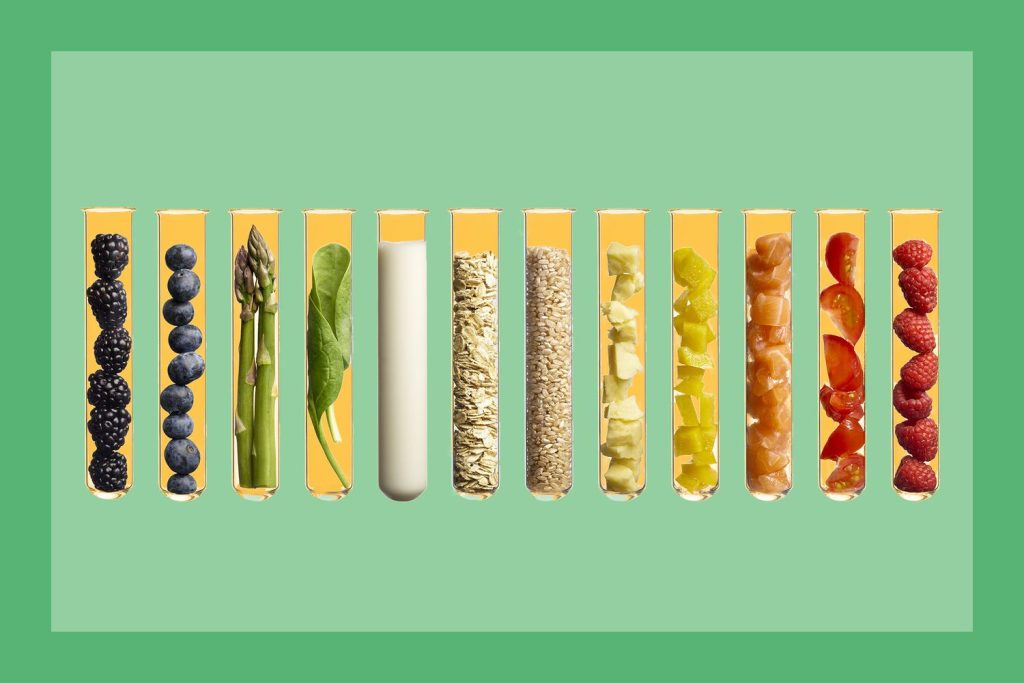
United States: Recent data revealed the most frequently encountered nutrient shortfalls among Americans, outlining the symptoms associated with each deficiency and the food sources that can help address them. Originally featured on the Voronoi app, this data-rich infographic offers an overview of essential dietary information based on statistics from credible sources.
Data Foundation and Insights:
The nutrient data originates from the Micronutrient Information Center at Oregon State University, assessed as of October 2024. Their research delves into the percentage of the American adult population that does not meet the Estimated Average Requirement (EAR) for each nutrient—a benchmark intended to satisfy the needs of half the healthy individuals within specific demographics, as reported by visualcapitalist.com.

Frequent Deficiency Symptoms and Nutritional Gaps:
According to the findings, a significant portion of the US population fails to achieve adequate intake levels of calcium and Vitamin D. Notably, Vitamin D intake proves challenging to obtain solely through diet, as the primary source remains sunlight exposure.
Health professionals recommend a minimum of 15 minutes of daily sunlight, although individuals with darker skin pigmentation may require extended exposure to meet their needs.
Low levels of Vitamin D and calcium manifest as muscle and bone discomfort, fatigue, and sometimes depressive symptoms. Persistent deficiencies may escalate into osteoporosis, a condition characterized by fragile bones prone to fractures—further compounded by inadequate calcium intake.
While Vitamin D can be found in foods like mushrooms, beef, fish, and egg yolks, many staple products like milk, cereals, and select breakfast foods are fortified to help supplement intake.
In addition, approximately half of Americans fall short in meeting their Vitamin A needs. A deficiency in Vitamin A may lead to deteriorated vision, skin irregularities, slow wound recovery, and even fertility complications.

Overall, the typical American diet leans heavily toward calorie-dense, nutrient-sparse foods, largely due to a dependence on processed ingredients and carbohydrate-rich meals. Nutritionists advocate for incorporating more nutrient-packed options—such as fresh produce, lean meats, eggs, dairy, and whole grains—to support holistic dietary adequacy.
